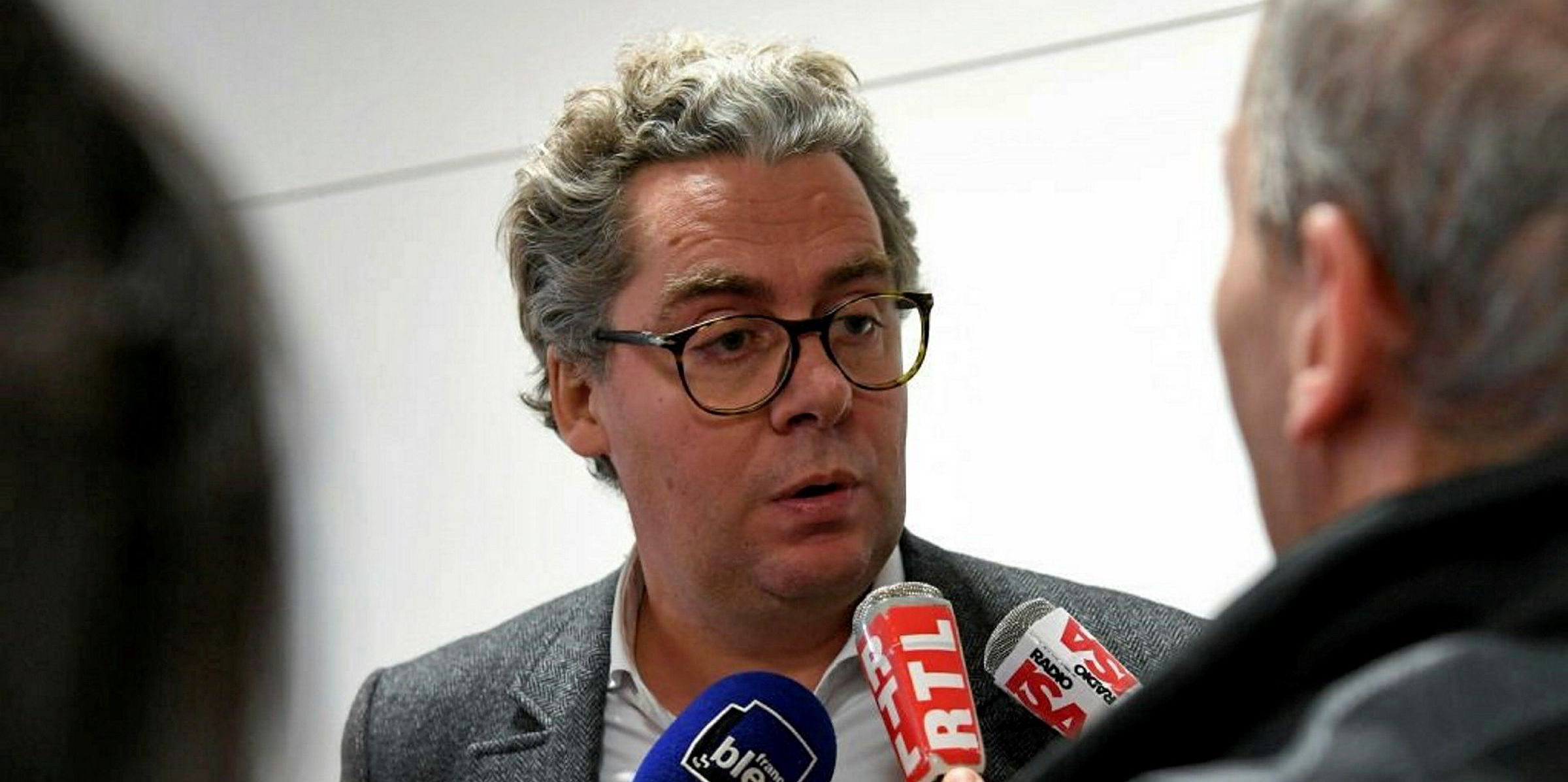Loss-making wind turbine group Senvion is set to reduce its product range and narrow its focus to only 20 countries, including key markets in Europe and Latin America, as well as Australia and India, according to an internal update from chief executive Yves Rannou seen by Recharge.
“We aim to reduce the complexity in our current portfolio and make it sharper and more focused by dropping few turbine variants and product families during this year,” Rannou said in an internal Q&A that will be sent to employees in the next few days.
The focus on key markets means the OEM will “withdraw and defocus in around 30 other countries,” the CEO said, without giving further detail.
The US market, where Senvion in recent years only had a niche presence, will not be given up, however, Recharge has learned.
Senvion only last August had announced its re-entry into the US market, with a 275MW turbine order for the TG East Wind project in Knox County, Texas, but before that for several years had no new US orders.
The company has a nameplate capacity of 1.56GW installed in the US, but turbines were installed under its previous brand name REpower until 2012. Since the name change to Senvion. Despite being active in Canada, Senvion has not been able to leverage this to take much advantage of NAFTA trade benefits.
Rannou also said the company needs to speed up the installation of orders that were delayed last year and have left the company with lost revenues, and become more competitive by cutting fixed costs.
Senvion earlier today announced the appointment of Neil Robson as chief restructuring officer (CRO) to secure financing solutions that underpin the implementation of a restructuring programme.
The troubled Germany-based manufacturer last month had to delay the publication of its 2018 financial results, while it is in talks with lenders. If the company has posted a net loss again last year, it would have been its fourth consecutive year in the red.
Senvion's profits have been squeezed as the wind turbine sector has become ever more competitive as the result of tenders in most markets that have pushed electricity prices down, and subsequently put equipment prices under pressure.
A dedicated focus on key markets for the future will save Senvion energy and costs, Rannou says in the document, adding that internal processes will be simplified while the company will also make “a few organisational design changes”.
The lack of execution cost us a significant amount of revenues.
“This will have significant positive impact on our working capital, fixed costs and overall cost structure.”
The CEO admitted to mistakes in the past, saying Senvion’s capacity to execute has been less than acceptable, and announced the company will correct this by making regions stronger, more autonomous and customer-centric.
“The lack of execution cost us a significant amount of revenues, and while we work hard on recovering this shortfall, we want to make sure that our financing framework allows all the flexibility needed throughout our transition,” Rannou said.
“Therefore we have hired external financing experts to support us during this process.”
Financial service company BGC has been appointed to produce an independent business review on the company’s future potential, aiming to provide the company with supporting documentation in talks with lenders.
Richard Kessler contributed to this article


